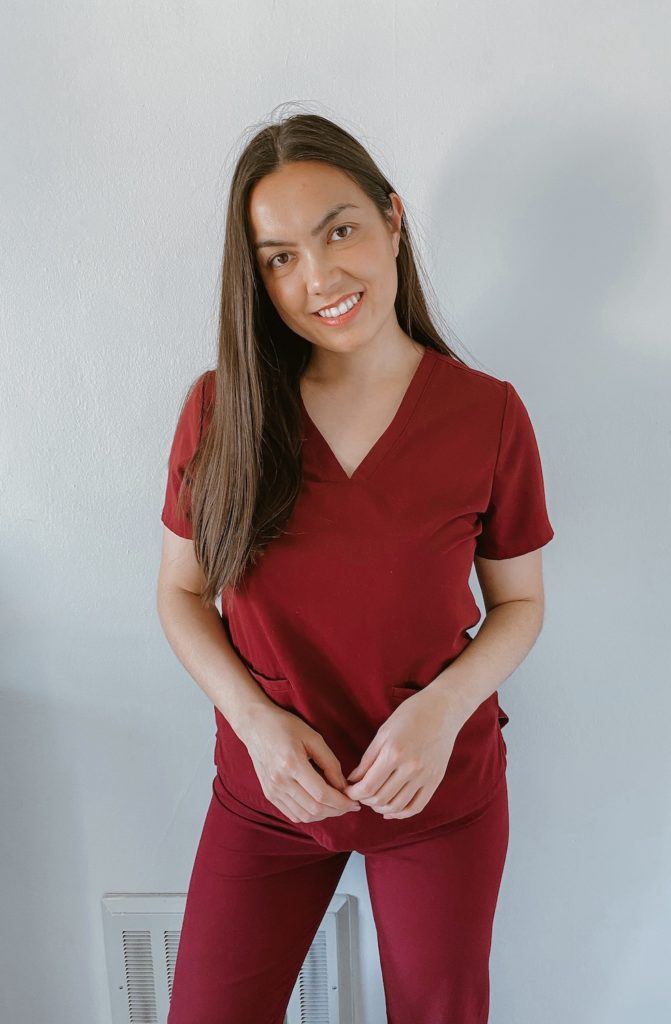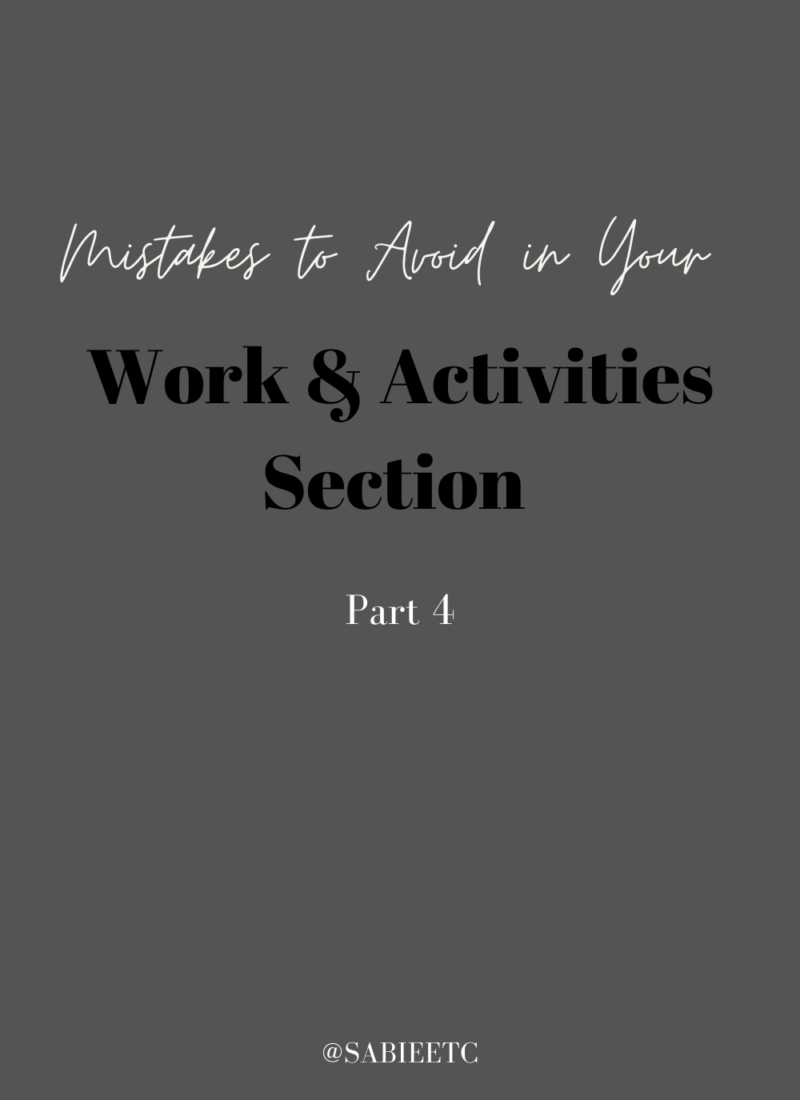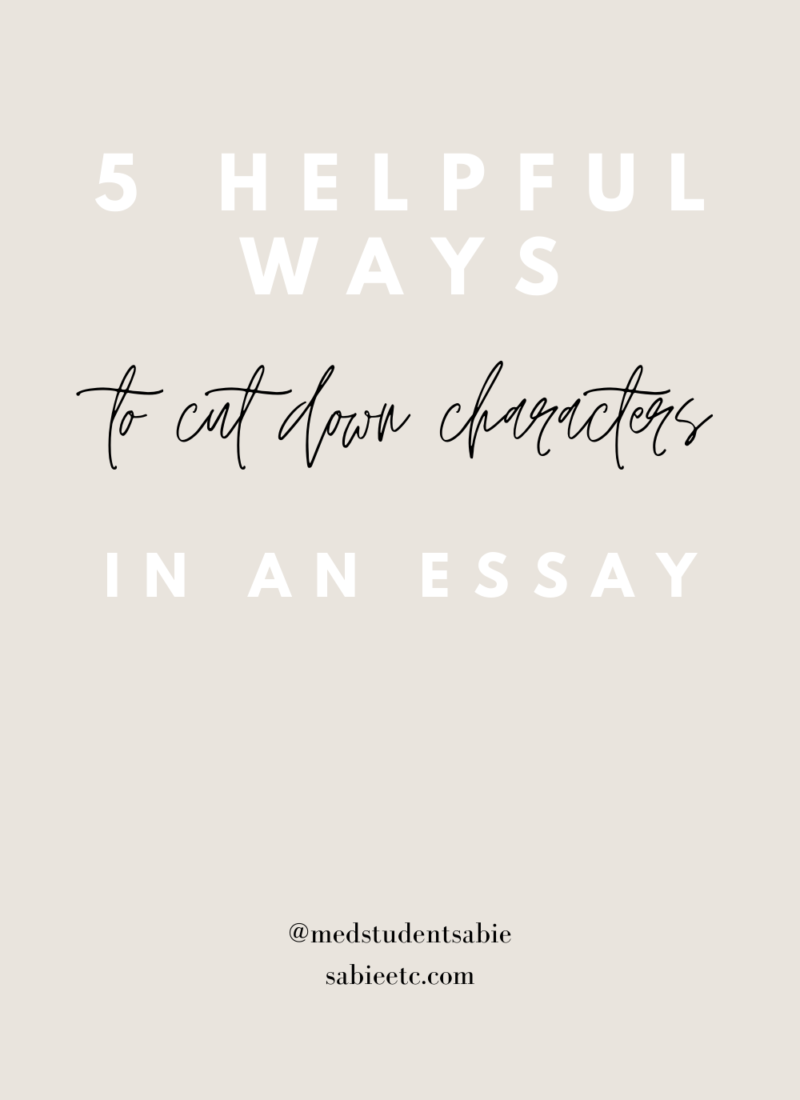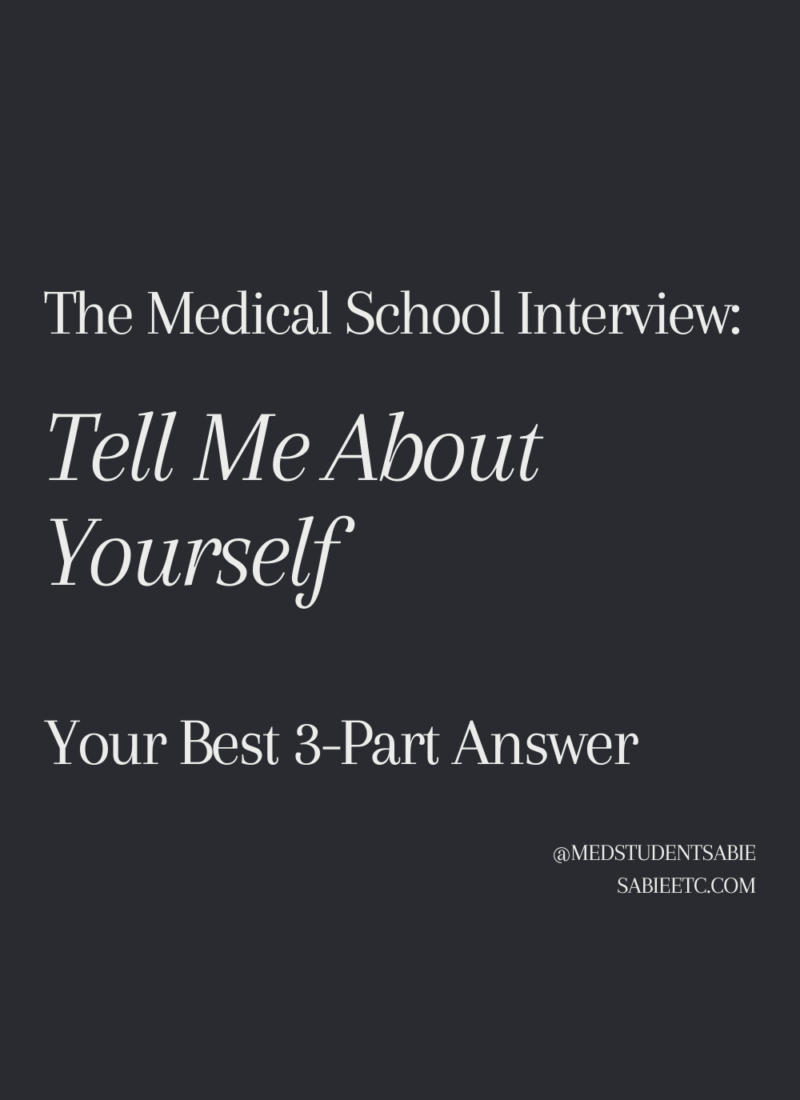The medical school application gives students plenty of opportunities to write about clinical experiences. It’s important that you detail your experiences in the right way so that medical school admissions can get a unique perspective on what you learned. So what’s the best practices for writing about clinical experiences?
This post is all about writing about clinical experiences in your medical school application.
I personally believe these writing excerpts, where you reflect and explain your experiences in a clinical setting, are the most important part of your application. You are applying to be a physician after all! Admissions committees want to know how you have already engaged in and been impacted by your clinical experiences. Many successful applicants have gained many hours of clinical experiences to not only bolster their application but also to convey their informed commitment to the field of medicine.
5 Things to Avoid When Writing About Clinical Experiences
1. Using the Patient’s Real Name.
When describing a story about a patient, it’s good to use a pseudonym or initial as it can make the story feel more personal (and may even be helpful for the reader to follow along). It’s important to use quotes, for example, “J” or “John,” to indicate that the name is fake.
2. Making Yourself a Passive Character in the Story.
This is a really common mistake. A lot of students will write about their clinical experiences and emphasize the role of the physician or the patient and leave out details regarding their role in the story. Anecdotes are powerful because they provide an image to the reader, make sure that YOU are in that image for the admissions committee. Even if the anecdote has more to do with what you observed, make sure that you are incorporated into the story. For example, instead of saying “The patient appeared to be worried about the possible complications following the procedure,” something along the lines of, “I noticed the patient appeared concerned about the surgery,” or “The patient expressed to me her concerns about the procedure,” makes you a more active role in the story.
RELATED POST: Mistakes to Avoid in Your W&A Section: Mistake #1
3. Criticizing a Physician/Other Character in the Story.
This can be a big red flag for admissions committees to read. It’s not a good look to say what you would have done if you were in the physician’s shoes or what you would do better. In general, it adds a negative tone to your writing so just stay away from anything like this.
4. Stating Commonly Known Job Functions.
It’s important that you maximize your character count in every section of the application. Don’t waste what little characters you are given telling the reader what they already know. Many admissions officers will know the job functions of common clinical roles such as an EMT, MA, CNA, or scribe. Use your characters for something more meaningful and unique to your experience.
RELATED POST: 7 Must-Do Steps to Land a Paid Clinical Experience
5. Repeating Reflections.
If every clinical experience taught you the same lesson, admissions committees are going to wonder why you didn’t seek out experiences to teach you new things about medicine. If you talk about three different experiences that taught you about the non-clinical components to practicing medicine, I think the reader will trust that you’ve learned that lesson. You are much better off using these three clinical experiences to discuss three different reflections. When proofreading your application, in addition to demonstrating diversity in experiences, be sure to express unique reflections. It’s important that your application demonstrate all the AAMC’s Core Competencies for Entering Medical Students. Scan this list if you need inspiration for writing your reflections for your experiences.
RELATED POST: Cut Down Characters in An Essay | 5 Helpful Tips
This post was all about guidance in how to write and review your clinical experiences. When I was applying to medical school, I knew that a strength in my application was my 6000+ clinical hours and I wanted to make sure that I maximized on those experiences through how I wrote about them. Still have more questions on writing about clinical experiences? Leave them in the comments below!











Leave a Reply